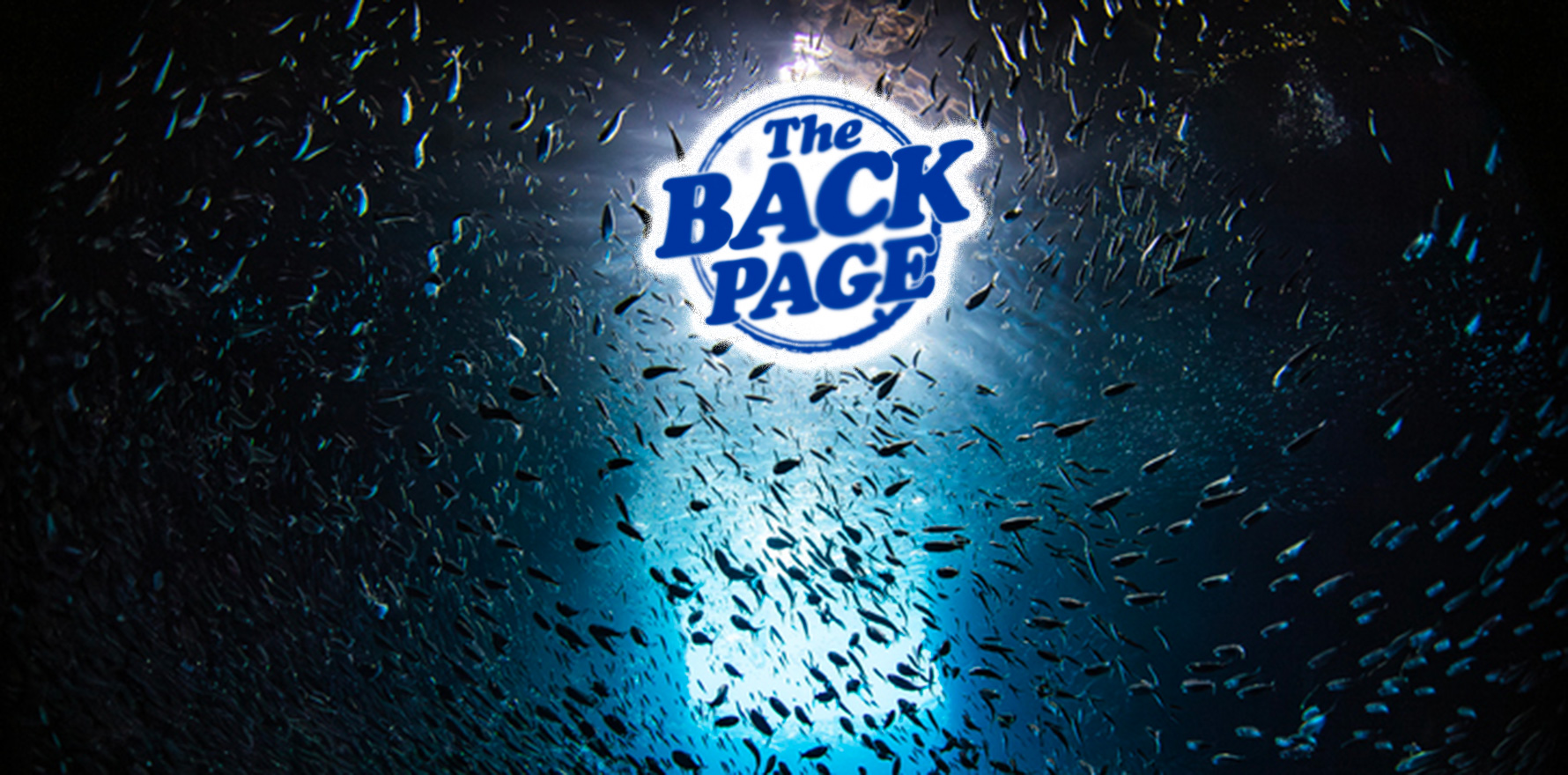Sometimes real life is just like an apocalyptic potboiler featuring really smart killer bacteria. Let’s show some respect.
I am in the middle of reading a cracking yarn called The Swarm. It’s an 880-page house brick that I just can’t put down.
The premise is – spoiler alert – there’s an intelligent life form in the ocean that gets really pissed off with humans and starts infecting the creatures of the deep with an intelligent bacterial organism that allows it to control their minds.
Whales start attacking boats – that sounds familiar – alarmingly aggressive new mutations of box jellyfish and Portuguese man o’ wars destroy the tourism industries in Australia and South America, zombie crabs and lobsters come ashore and kill people on contact and infect the water supplies. Mutant worms destroy the methane hydrate deposits on the continental shelves in northern Europe, causing collapses, landslides and devastating tsunamis that wipe out all the coastal countries around the North Sea. Not to mention the oil industry. And that’s before the halfway mark.
It’s a rip-snorting page-turner. Loving it.
And not so far from the damn truth, apparently.
Researchers in the US have discovered some genetic shenanigans that are helping a human gut bacterium to protect itself from the antibiotic tetracycline. Making itself resistant, in other words.
Cunning little bugger.
You can read the scientific details over here in mBio, but the gist is that Bacteroides fragilis recovered from a patient with ulcerative colitis, was found to be abundant during periods of inflammation.
Using a technique alarmingly called shotgun metagenomics, which apparently does a lot of complicated things that allow researchers to observe the activity of the tetracycline-resistance genes while growing in the presence of tetracycline.
They found “high-copy” sections of the genome that contained DNA fragments that could move around in the genome or even jump into a different genome.
Called transposons, these mobile genetic elements are “important ways for bacteria to develop adaptations to the environment without having to reinvent them themselves completely”.
I think I like these bugs. They’ve figured out how to get maximum impact with minimum effort. My kind of peeps.
In this case, the bacteria apparently sensed when there was tetracycline in the environment and began “a whole cascade” of production of a transposon containing the resistance gene, said the researchers.
Like bacteria making a worm mutate to drill down into methane hydrate layers in a bid to wipe out the human race. I’m just sayin’.
The findings “raise new questions about the role of gene transfer in human health, but also in terms of just how these transposons are controlled and how they may be changing evolutionarily over time”, said the researchers.
“This finding is not going to change our understanding about the world of antibiotic resistance, but it’s a novel kind of mechanism that at least we can start looking for. There’s a lot of offence and defence happening within the microbial world that we’re not even fully aware of.”
Quite so, quite so. We need to be nicer to them, I’m telling you.
Send eco-horror reading tips to penny@medicalrepublic.com.au


